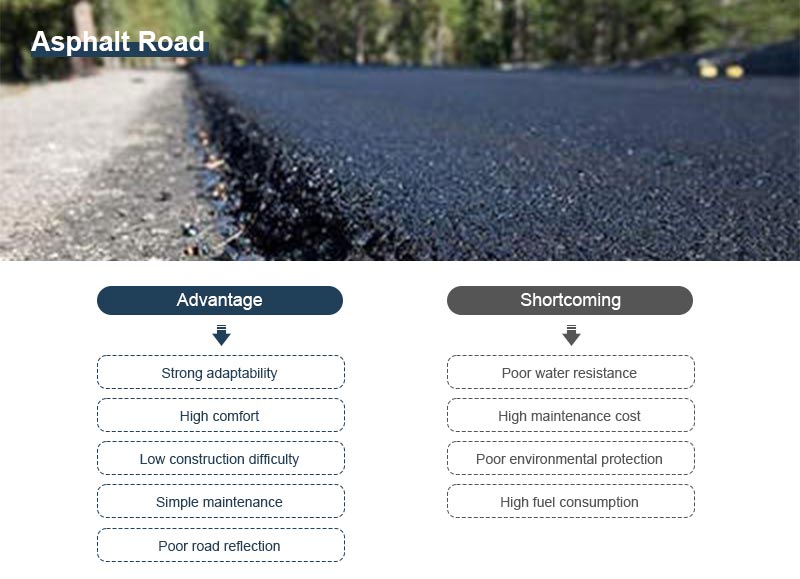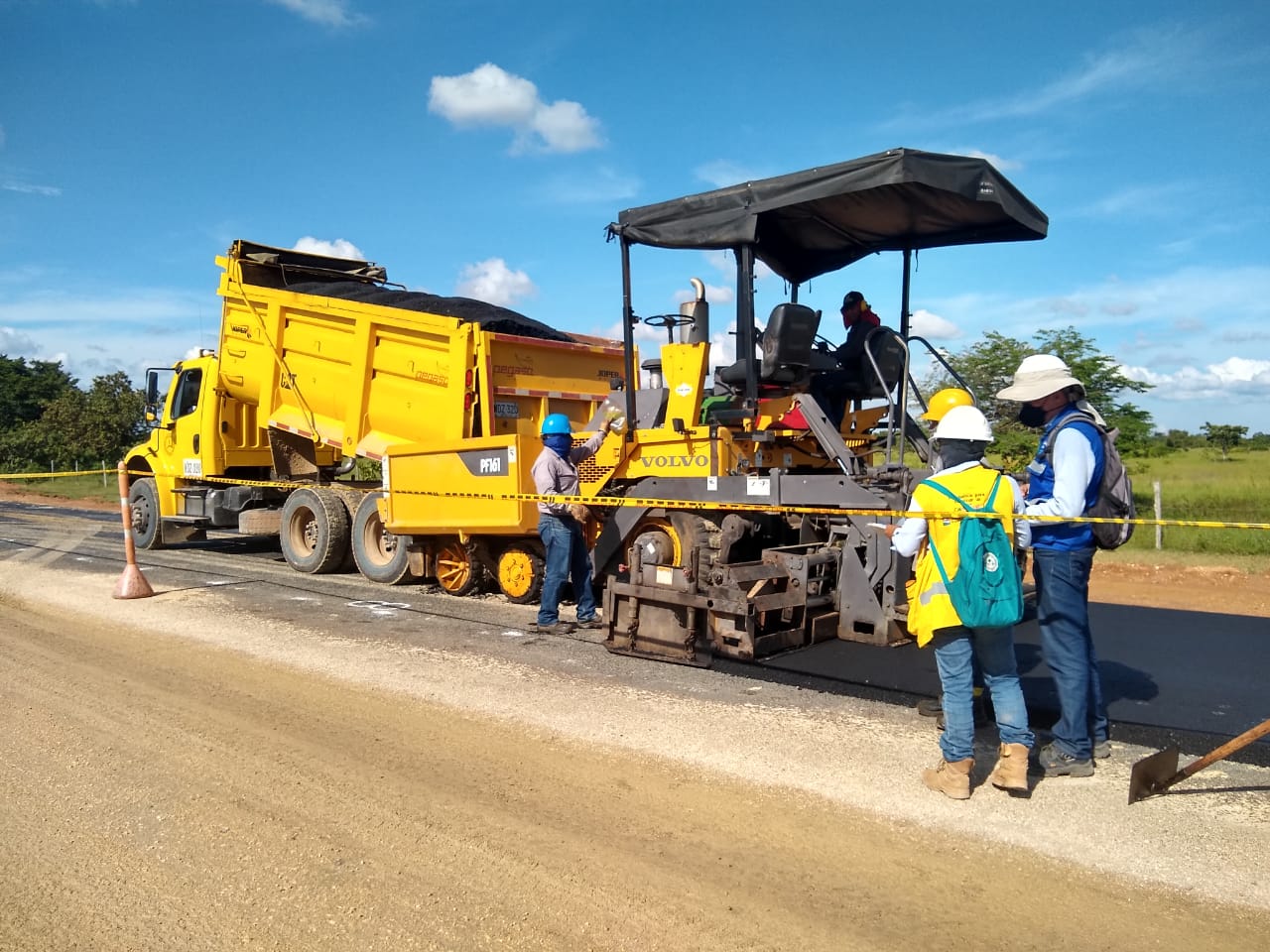All about A1 Professional Asphalt & Sealing Llc
All about A1 Professional Asphalt & Sealing Llc
Blog Article
Some Known Details About A1 Professional Asphalt & Sealing Llc
Table of ContentsExamine This Report about A1 Professional Asphalt & Sealing LlcThe Facts About A1 Professional Asphalt & Sealing Llc RevealedUnknown Facts About A1 Professional Asphalt & Sealing LlcA1 Professional Asphalt & Sealing Llc Things To Know Before You Get ThisThe 4-Minute Rule for A1 Professional Asphalt & Sealing Llc

The oil in an auto engine is not just oil. It contains a variety of additives to boost the vehicle's efficiency. These consist of polymers, viscosity modifiers, heat stabilizers, additional lubricants, and use ingredients. The REOB consists of all the additives that were in the waste oil along with the wear metals from the engine (generally iron and copper).
By making numerous blends making use of various REOB samples and various asphalt binders, the variations mainly can be averaged out. A number of States offered samples of known REOB structure to TFHRC researchers, that analyzed the samples to compare the portion of included (recognized) REOB to the found (tested) quantity. The evaluations showed a similar percentage of added and located REOB.
The smart Trick of A1 Professional Asphalt & Sealing Llc That Nobody is Discussing
None of those States understood that the asphalt they were getting had REOB. One State insisted its samples had no REOB - https://issuu.com/a1asphaltseal.
Of the 1,532 samples tested, 12 percent contained REOB, and some contained significantly high degrees of it at 1020 percent. The highest degree was 34 percent in a sample from Texas, which TxDOT had actually made use of in a patching substance. This screening additionally revealed the visibility of phosphoric acid in 11 percent of the examples, and 2 percent had ground tire rubber.
2 years back at TRB's yearly meeting, the Federal scientists held an REOB workshop and provided the searchings for of their research laboratory assessments to a standing room-only group. Although some agencies do not particularly outlaw REOB, they do enforce physical tests that prevent its useeffectively a restriction. a1 professional. Others do not outlaw it by requirements, however have contracts with asphalt distributors to prevent the use of REOB
Not known Incorrect Statements About A1 Professional Asphalt & Sealing Llc
Ohio and Texas restriction levels to much less than 5 percent of the asphalt. To develop a trusted test approach that all States can make use of, the TFHRC researchers established up a round-robin test strategy.
The participants are examining the examples separately using the standards provided by the TFHRC researchers. The outcome will be a recommended AASHTO test approach that any kind of State can take on and utilize.
The pavement with REOB, which is located 0.6 mile (1 kilometer) from you could try here the sidewalk without REOB, has the same subgrade, web traffic thickness, and climate. The segment of Highway655 with 5 to 10 percent REOB revealed significant breaking. In this instance, the existence of REOB was the recognized cause of fracturing at a low temperature levels.
"In our experience in copyright, even little quantities of 23 percent can be a trouble." An area of test sidewalk in Minnesota (MN1-4) found to contain REOB additionally split prematurely. The pavement executed well for the very first 3 to 4 years, however after that started to fracture. This pavement is also subject to reduced temperature levels.
The 10-Second Trick For A1 Professional Asphalt & Sealing Llc
The examinations were not comprehensive, however they showed that at levels of 6 percent or more, the tensile stamina of the asphalt dropped substantially. At a level of 3.5 percent REOB, the variant in the physical test techniques was higher than the impact of REOB. In truth, it was challenging for scientists to evaluate whether REOB existed.

One binder specification thought about is the difference in between the reduced temperature crucial requirements temperature for tightness (S) in the bending beam of light rheometer and the flexing light beam rheometer creep slope (m-value) kept in mind as Tcritical. TC = TC (S) TC (m-value). Examination of this specification is still ongoing. Two independent study groups, one from AASHTO and the other from the Asphalt Institute, wrapped up that more study is needed on making use of REOB in asphalt.
Formerly, all asphalt testing measured engineering properties such as tightness. These examinations do disappoint what products had actually been included to the asphalt. One example obtained during the TFHRC research study had a very weird evaluation. The sample had the following test outcomes: Superpave PG 64-28 with a heat quality of 67.3 Tcritical on the bending light beam rheometer was 6.7 degrees Celsius.

The Definitive Guide to A1 Professional Asphalt & Sealing Llc
These outcomes show there are weak points in the standardized design testing protocols that might be manipulated. The producer might have a financial benefit and the item passes all the standardized tests, however the product may not be advantageous to making sure lasting efficiency. To resolve this problem and the expansion of brand-new asphalt ingredients and extenders, TFHRC is starting a research study program to use portable spectroscopic gadgets, x-ray fluorescence spectroscopy, and Fourier transform infrared spectroscopy to enable evaluations to be performed in the area instead of having to take examples back to the laboratory.
Report this page